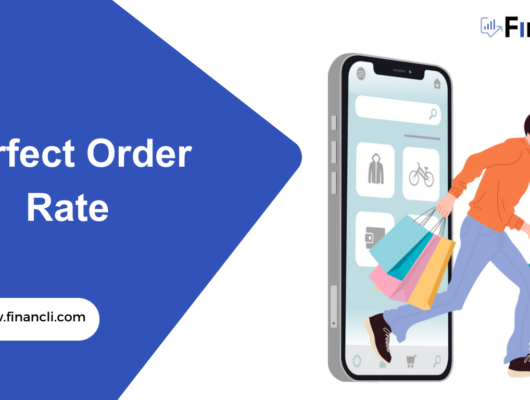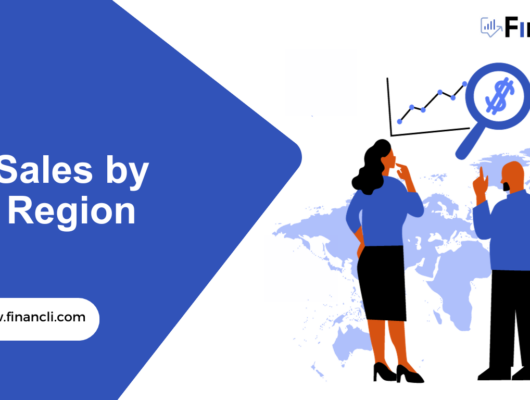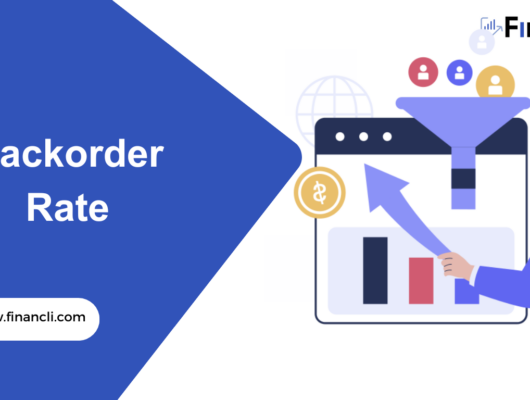What is Customer Retention?
Customer retention is the percentage of customers who remain with a company for over one year. The rate is a critical indicator for almost all business-to-business( B2B) and B2C companies. As a result of the business’s ability to keep customers over time, the lower churn rate generally correlates with customer loyalty and business success.
Importance of Customer Retention
An organization risks losing out on repeat customers if it concentrates solely on growing its customer base rather than on customer retention. Although crucial, acquiring new clients or customers is also much more expensive. Therefore, keeping current and turning them into recurring ones is essential to finding new clients.
Different Customer Retention Standards
-Average Order Value
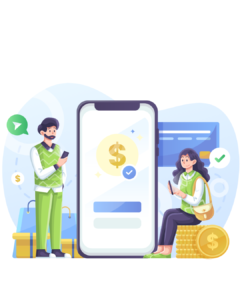
The Average Order Value tracks the average dollar amount customers spend each time they place an order on a website or mobile app. Divide total revenue by the number of orders to determine the average order value for your business.
Online businesses use AOV as a key performance indicator to better understand customers’ buying patterns. Of course, AOV can be tracked anytime, just like other essential metrics. Still, most businesses keep an eye on the monthly average change.
By providing you with the metrics required to gauge the long-term value of individual customers, knowing your company’s average order value aids in evaluating your overall online marketing efforts and pricing strategy.
The AOV assists you in establishing objectives and strategies and assessing their effectiveness as a benchmark for customer behavior.
-Customer Purchase Frequency
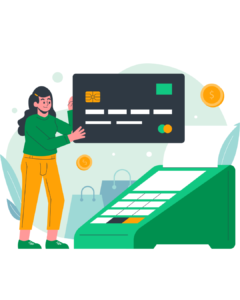
The number of times your customers buy from you in a given amount of time is known as the purchase frequency. Understanding your customer retention rate, their purchasing habits, and even the extent to which they are satisfied is made possible by this information. Therefore, one of the most crucial performance indicators that your business should monitor is purchase frequency because it is:
An indicator of sustainable growth is that the likelihood of retaining more customers increases with frequency value. Therefore, convincing existing customers to place orders more frequently or raising the average order value are the only two ways to increase CLV.
A source of insights for better campaigns– knowing your purchase frequency values helps you improve the campaigns you design for new and existing customers.
-Churn Rate

Customer churn is the term used to describe the typical business cycle of losing and gaining clients. Every business experiences turnover, regardless of its goods’ caliber or clientele. In general, you maintain more customers the lower your turnover rate. It refers to the rate at which customers stop doing business with a business over time. The term “churn” describes how many subscribers cancel or do not renew their subscriptions. More customers stop buying from you as your turnover rate increases. Conversely, you retain more clients if your customer turnover rate is lower.
-Customer Repeat Rate

Anyone who has made two or more purchases from your website is considered a repeat customer. There is typically no time limit on what constitutes a repeat business. Someone still counts as a repeat customer even if they only made their second purchase with your site last week after completing their first purchase one year ago.
You can concentrate on particular periods when measuring a Repeat Customer Rate. For instance, what percentage of customers purchased something last week, month, or quarter before doing so?
Improving Strategies of Customer Retention
Understanding your churn rate, or the rate at which users leave your website and stop making purchases from you is the first step in improving client retention. Your initiatives to increase customer engagement may need to improve if your customer turnover rate is high. Knowing this number could enable you to make strategic changes to maintain customer engagement and happiness by predicting changes in your bottom line.
In addition, customer relationship management (CRM) software, which enables you to monitor customer behavior over time, supports and facilitates customer retention. For example, it might inform you about consumer buying habits, product consumption, and when they stop purchasing from your business. You may also track customer support interactions to better understand their challenges and frustrations.
Future Developments for Customer Retention

Because of significant lifestyle changes, customers’ expectations of their online experiences have changed significantly. In addition, customers and brands have engaged in online interactions using digital media for more than two years due to the pandemic.
Flexible and adaptable brands triumphed. Customers happy to stick with a company that shares their opinions on these critical issues have grown and stayed with them.
As we all start to feel the pressure of rising living costs, customers will become more selective about who they do business with. As a result, companies with a personal connection with their customers will benefit from devoted clients and long-term business.
How to Improve Customer Retention
Users simply need to learn how to make the most of a product, which is one factor in customer retention. A business should ensure the customer knows a product’s main advantages during onboarding.
Training sessions that instruct users in best practices and standardized workflows are a great way to improve customer retention. In addition, customer satisfaction will increase, and churn will decrease over time if you give your customers the tools they need to succeed.
When establishing and meeting customer expectations, be realistic. What levels of success did similar businesses achieve? Take the time to schedule a session to jointly map out a roadmap that your new client is comfortable with.
The roadmap should include realistic milestones and achievable goals. Key players, such as the customer success team, should be able to access this customer roadmap and act on this quickly.


